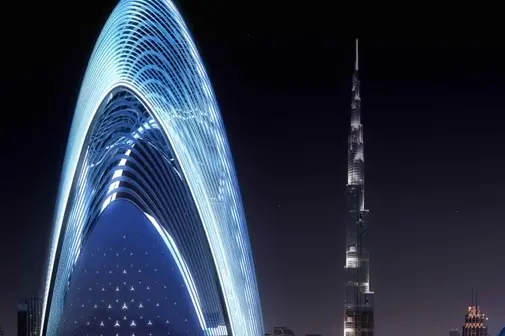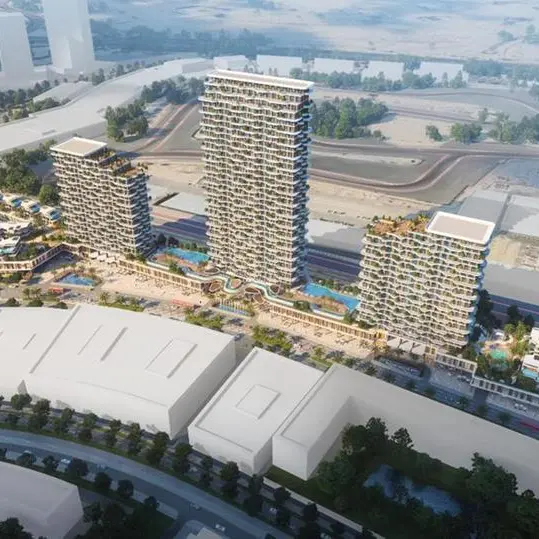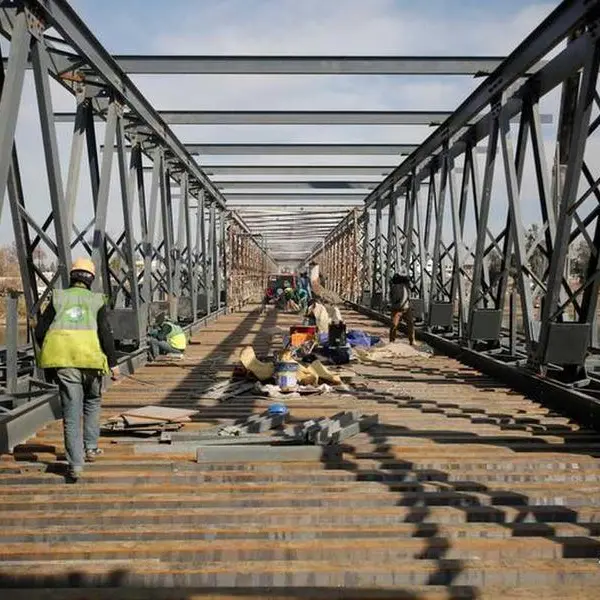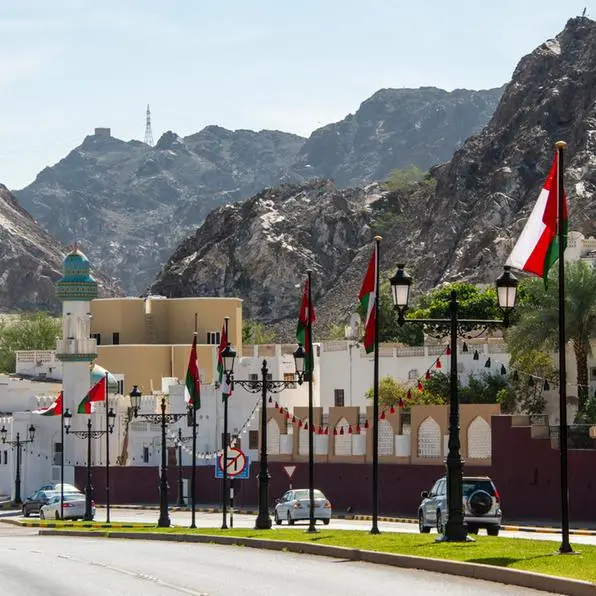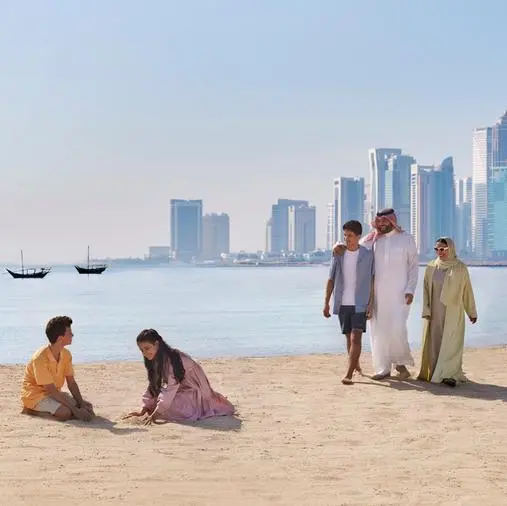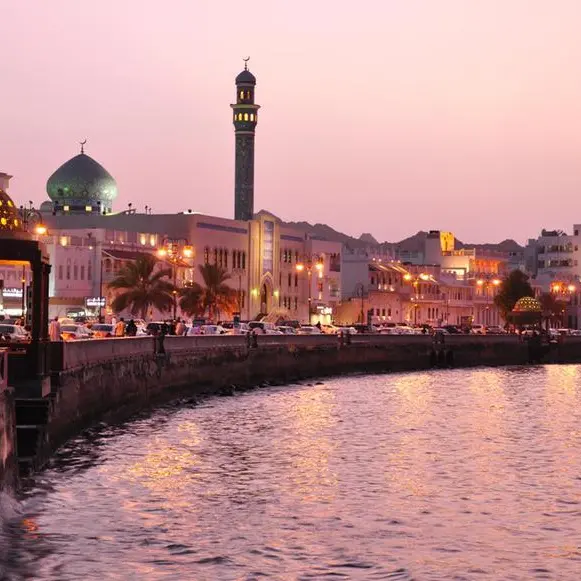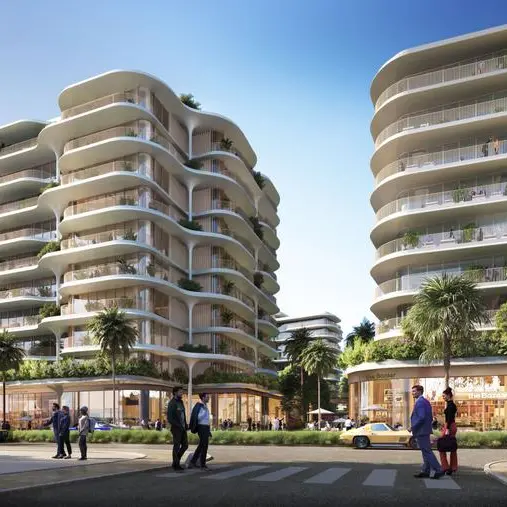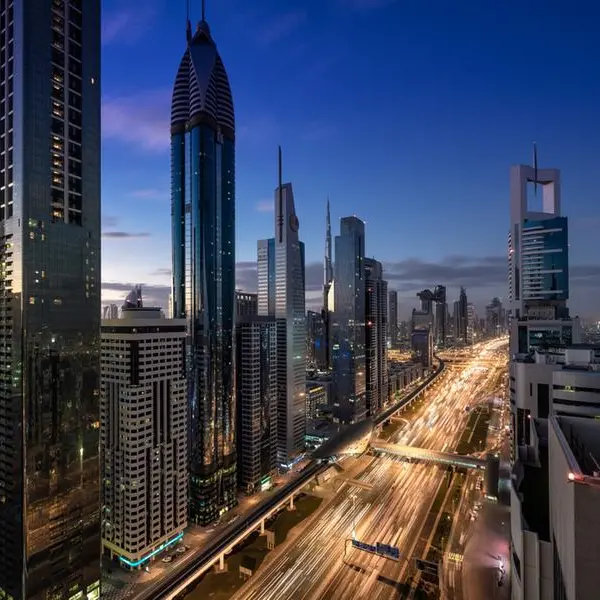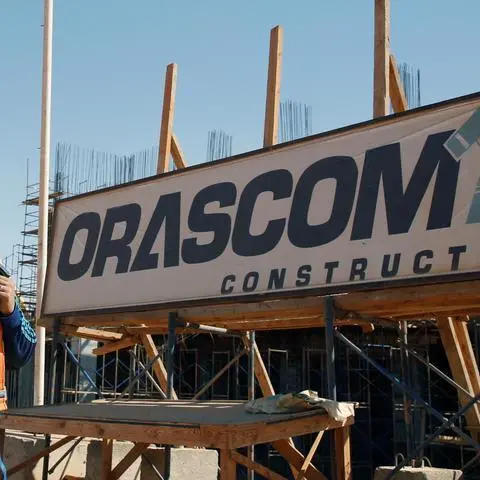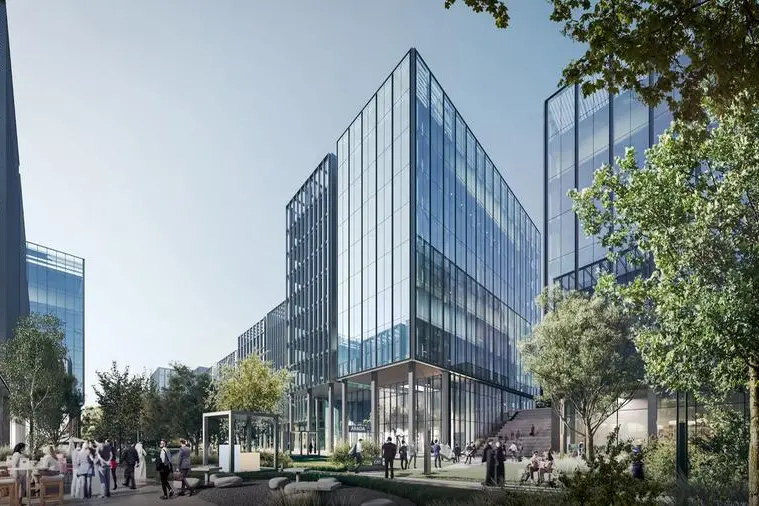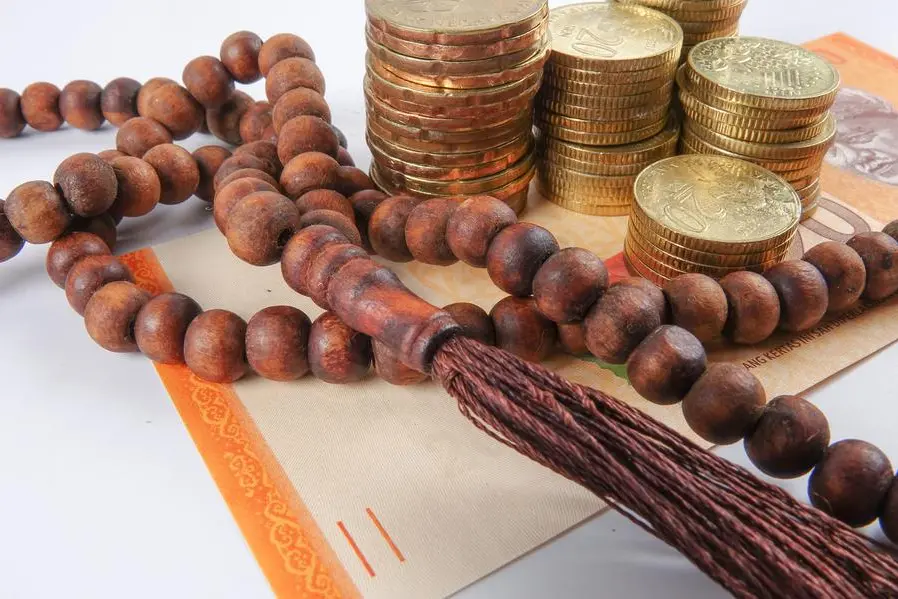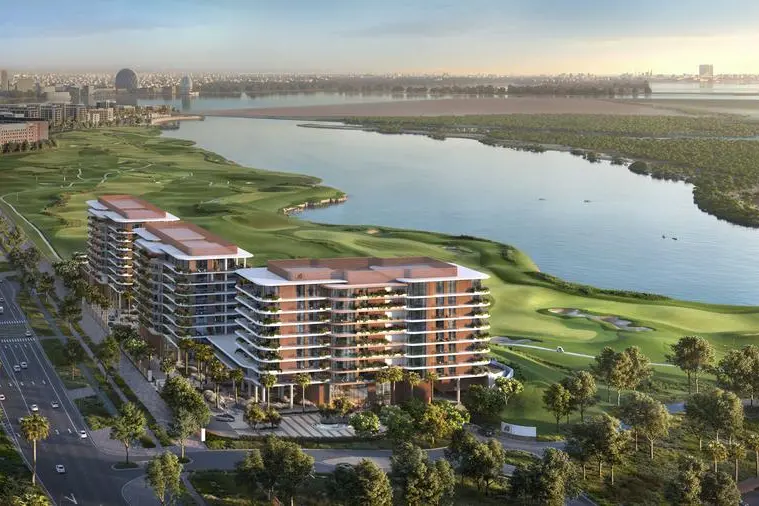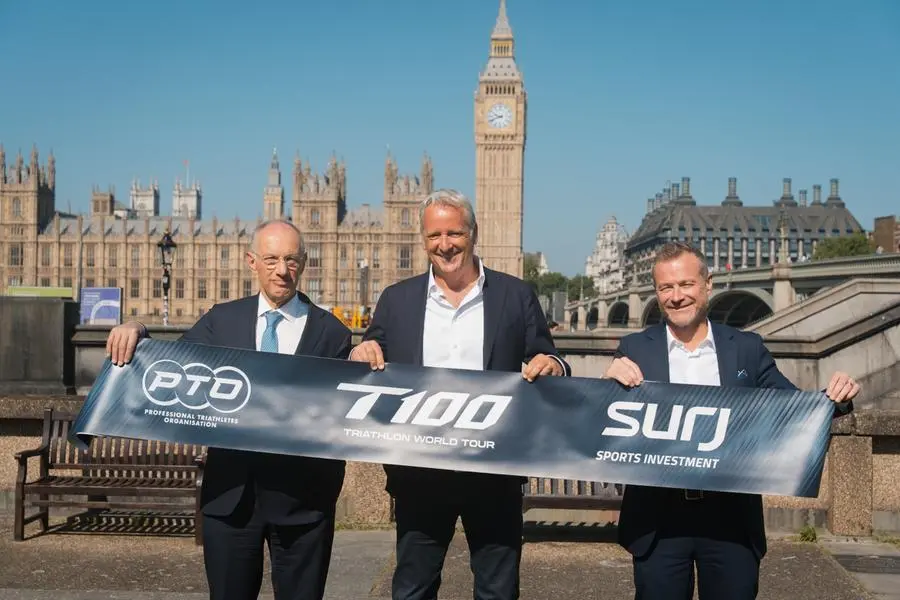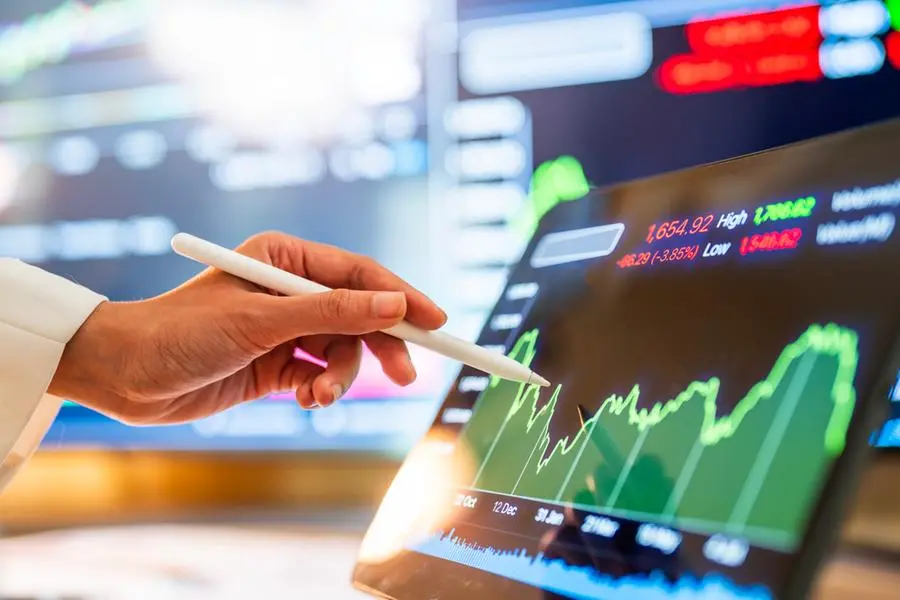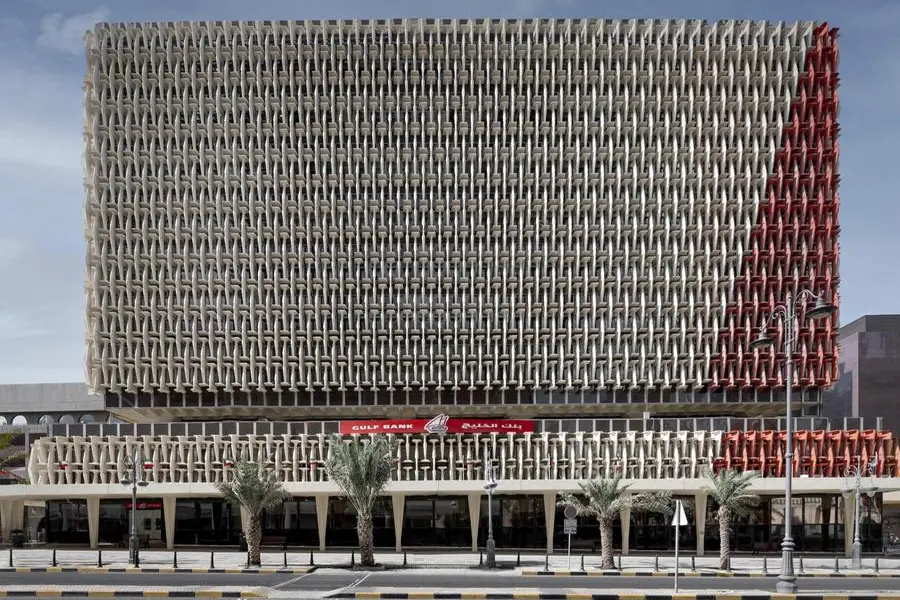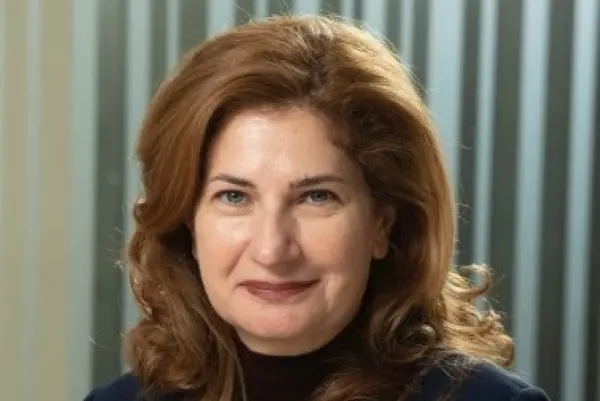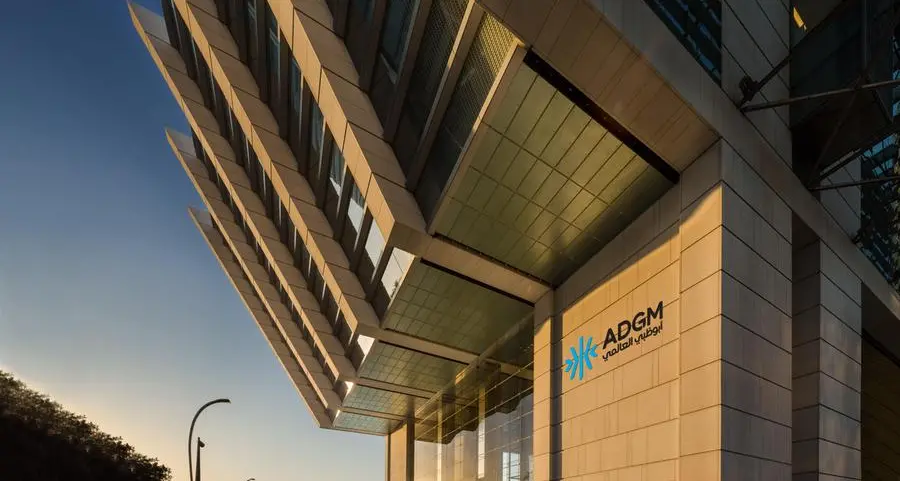PHOTO
Rendering of Mercedes-Benz Places in Downtown Dubai
The construction of the 341-meter-high Mercedes-Benz Places in Downtown Dubai has commenced, with anticipated completion in the fourth quarter of 2026, Muhammad BinGhatti, CEO of Binghatti Properties, told Zawya Projects.
“Our team of architects and interior designers have been working with the creative team and designers at Mercedes-Benz for months on the design of the project,” he said, adding they are onboarding a group of expert consultants on the project’s detailed design execution.
The formal launch of the 65-storey luxury branded residential tower is scheduled for January 2024.
In line with the developer’s commitment to sustainability, the rear facade of the tower, which is designed to be built out of photovoltaic (PV) panels, will generate electricity to power the electric vehicle (EV) charging stations in the building, the CEO stated.
Other Binghatti projects include the BUGATTI Residences by Binghatti and the Burj Binghatti Jacob & Co residences, the world’s highest residential tower.
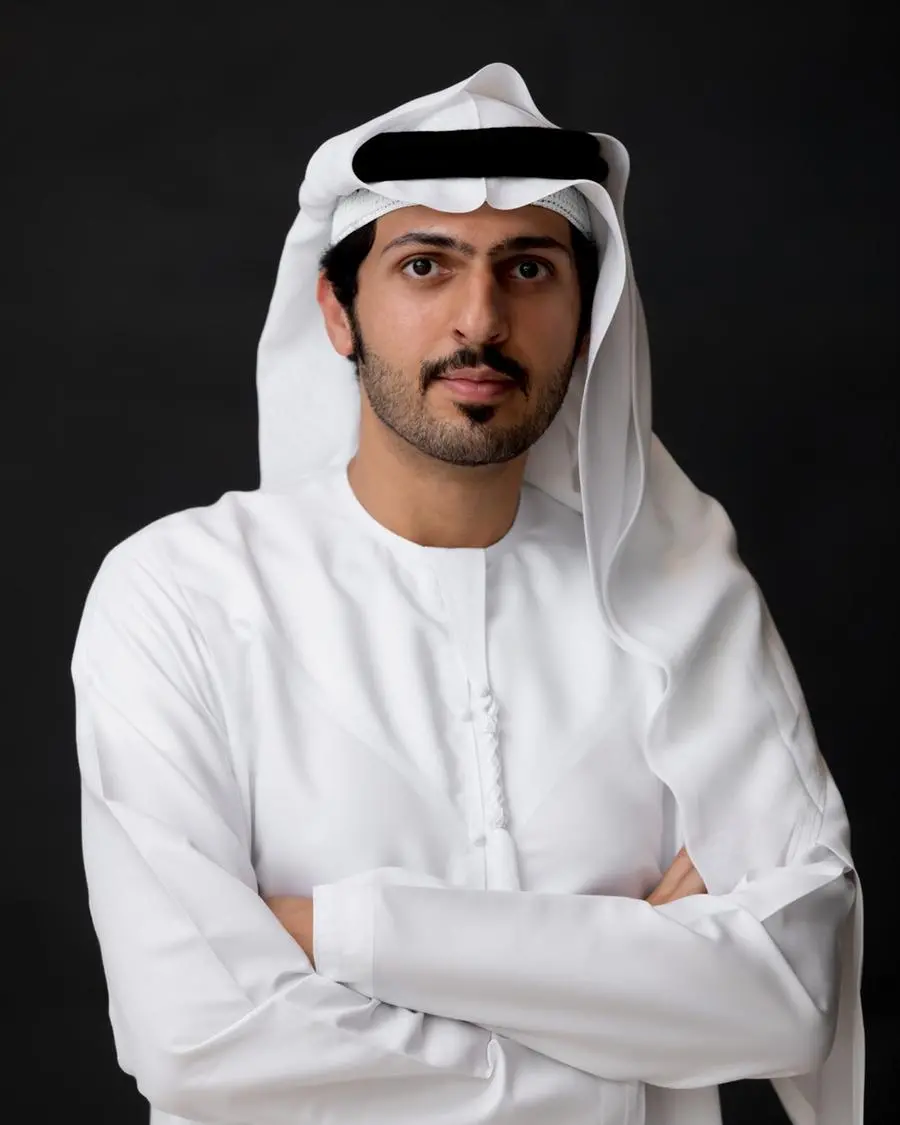

Interview excerpts:
What market factors compelled you to launch the project?
Firstly, we recognised the synergy between Mercedes-Benz’s design philosophy and our own brand’s design philosophy at Binghatti which focuses on the finesse and craftsmanship it takes to deliver a product that is true to our brand. In addition, the market conditions in Dubai have encouraged us to venture into this partnership as the demand for uber-luxury homes continues to be strong and steady.
Why did you select Downtown Dubai as the location?
Downtown Dubai as a district has the perfect infrastructure for an uber-luxury home. It is home to some of Dubai’s most celebrated icons and destinations, including the Dubai Mall and Burj Khalifa. Despite many high-rises in the area, the project aims to be the first branded residence in the area that truly lives and breathes the spirit of the brand name it carries. The project will also have a beautiful view of Downtown Dubai’s skyline and the Burj Khalifa.
Can we know the project’s cost and how you intend to fund it?
We cannot disclose project figures at this time. However, in terms of funding, the project will be fully funded from the cash flows of Binghatti.
What are the sustainable elements of the project?
We have always keen on our projects living the spirit of the brand name it carries. In that capacity, we were willing from day one that the theme of sustainability is integrated functionally into the project. This is why we aim to achieve a minimum standard of LEED Gold certification.
To achieve functional sustainability, we have also integrated an innovative and intelligent solution into the rear facade of the building, which is designed to be built out of PV panels that will generate electricity to power the EV charging stations in the building.
From day one, we were very excited to integrate sustainability into our project and for it to come from highly futuristic features and elements. However, it was simultaneously important for us to ensure that these sustainable solutions were, in fact, functional to the reminders of our building.
What steps have you taken to overcome supply chain obstacles?
We have a full operational procurement team that handles our supplies and construction materials. We also have a strategic procurement team that often ventures on international trips to destinations that specialise in producing and supplying certain materials.
Binghatti also owns joinery and aluminium works manufacturing facilities, which manufacture and supply the joinery and aluminium work across our projects. Not only does this ensure that we get our materials and supplies on time, but it also ensures that the quality of our supplies and materials is not compromised.
(Reporting by P Deol; Editing by Anoop Menon)
(anoop.menon@lseg.com)
Subscribe to our Projects' PULSE newsletter that brings you trustworthy news, updates and insights on project activities, developments, and partnerships across sectors in the Middle East and Africa.
